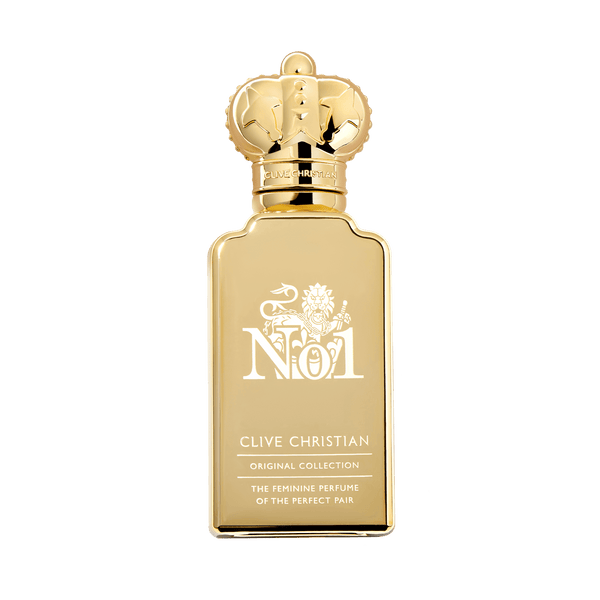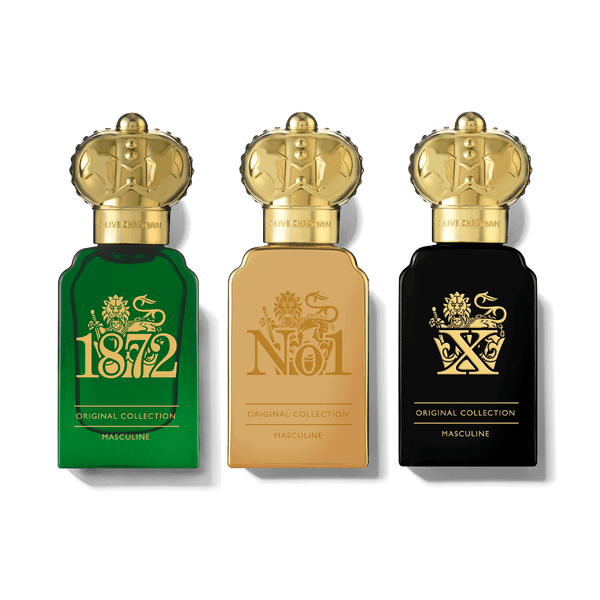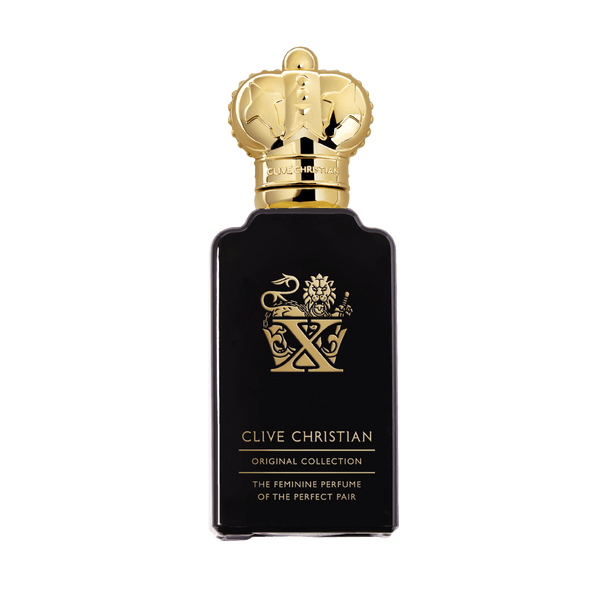YOUR CART INCLUDES
YOUR CART IS EMPTY
Subtotal
€0,00 EUR
Notification
Be the first to know when this fragrance is released and available to purchase.
We respect your privacy and don't share your email with anybody.
perfume family
WHAT IS A PATCHOULI SCENT?
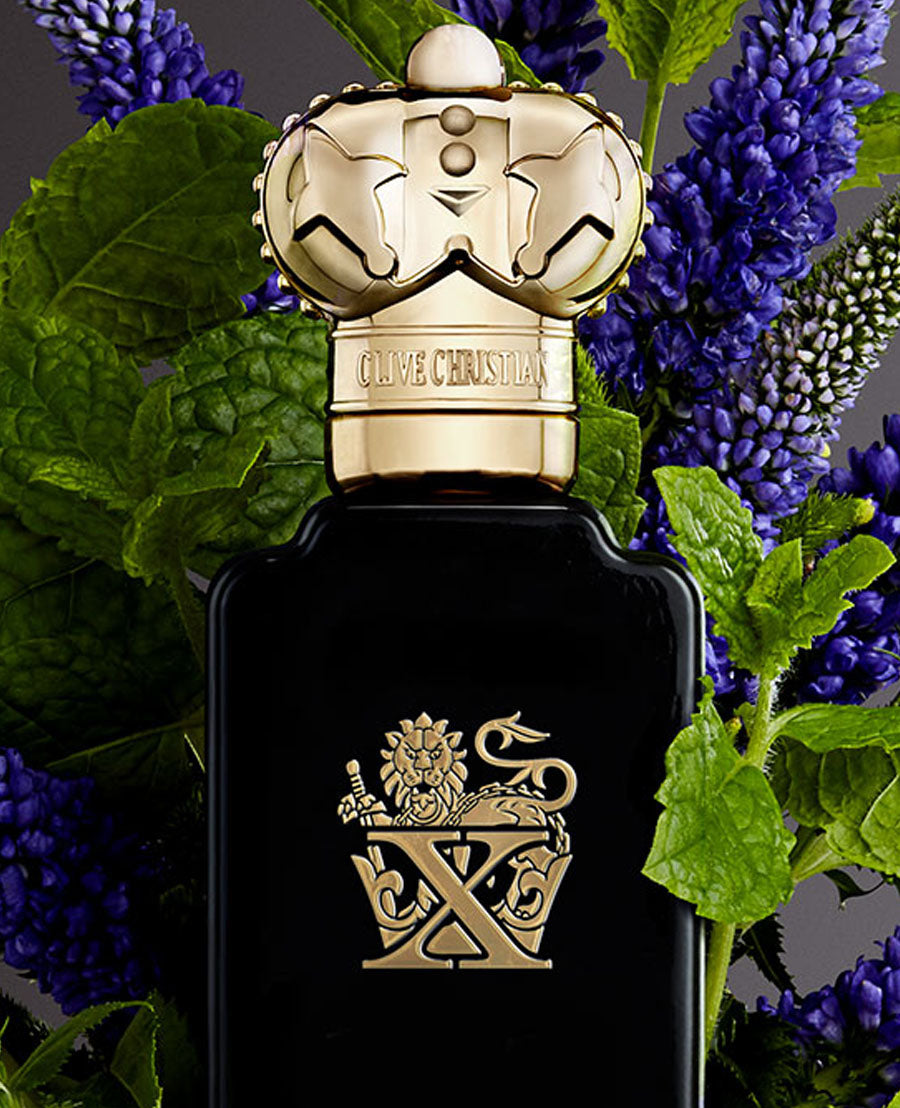
Introduction
With its deep, dark, and utterly captivating allure, patchouli stands as a timeless cornerstone in the realm of perfumery, and this distinctive scent has a history as rich and complex as the plant itself, transcending generations and continents.
Originating in the lush landscapes of Southeast Asia, patchouli's journey began as a cherished aroma in the East. Its story is interwoven with tales of silk traders and spice routes, where patchouli leaves were employed to protect precious fabrics from moths during long voyages. In the East, patchouli had diverse uses beyond perfumery. It was a prized herb in traditional medicine, believed to have healing properties for various ailments.
During Napoleonic times, the scent found its way to Europe, with rumours swirling that the emperor himself introduced this exotic fragrance to the intrigued Europeans, where it quickly became a coveted aroma.
Fast-forward to the 1960s, where the counterculture movement embraced patchouli as a symbol of free-spirited rebellion, and the fragrance became synonymous with bohemian lifestyles and peace-loving ideals.
Beyond its historical roots, patchouli's versatility extends into the realms of wellness and beauty. Therapeutic properties have made patchouli an essential ingredient in aromatherapy, believed to promote relaxation and balance. It also has a role in natural skincare, where the oil derived from the patchouli plant is hailed for its skin-soothing and rejuvenating qualities.
Patchouli's role in perfumery is multifaceted. Its rich and complex aroma, ranging from earthy to sweet, allows it to enhance a wide array of fragrances. Whether paired with floral, citrus, or spicy notes, patchouli adds depth, character, and a touch of mystery to perfumes, making it a timeless and cherished ingredient in the world of scent creation.
Origins and History
Patchouli, an aromatic herb with a rich history, has been woven into the tapestry of human civilization for centuries. Originating from the mint family, the scientific name Pogostemon cablin, this perennial plant boasts distinctive fragrant leaves that have made it a popular choice in perfumery, traditional medicine, and cultural rituals.
The history of patchouli can be traced back to ancient times, with its roots deeply embedded in the East. Believed to have originated in Southeast Asia, specifically in Indonesia, Malaysia, and the Philippines, patchouli found its way into India, China, and other parts of the region. The plant's fragrant leaves were valued not only for their pleasant scent but also for their insect-repelling properties, making them a practical addition to fabrics and stored goods.
Patchouli's journey from Asia to the Middle East and Europe can be linked to the extensive trade routes of the ancient world. Along the Silk Road, merchants and traders exchanged spices, herbs, and precious commodities, including patchouli. As the herb traversed different cultures, its uses diversified, incorporating it into various aspects of daily life.
In India, patchouli became a vital component in Ayurvedic medicine, renowned for its therapeutic properties. It was used to treat skin conditions, alleviate headaches, and as an insect repellent. The herb also gained popularity in religious ceremonies, symbolising purity and protection.
During the 20th century, patchouli experienced a resurgence in the Western world, primarily due to the fascination with Eastern culture and the emergence of the bohemian lifestyle.
The distinctive, earthy aroma of patchouli oil became synonymous with the counterculture movement, especially among the hippies of the 1960s and 1970s. The scent was embraced as a symbol of rebellion and nonconformity, often associated with peace, love, and the free-spirited ethos of the time.
In contemporary times, patchouli remains a popular ingredient in perfumery, often employed as a base note to add depth and longevity to fragrances. Its versatility allows it to blend seamlessly with a variety of other scents, contributing to the creation of complex and sophisticated perfumes.
The cultivation of patchouli has expanded globally, with countries like China, Indonesia, India, and the Philippines playing significant roles in its production. Modern extraction methods, including steam distillation, have made it easier to obtain patchouli oil, ensuring a steady supply for the fragrance and cosmetic industries.
Patchouli's journey from the East to the West reflects not only the interconnectedness of cultures but also the enduring appeal of this aromatic herb. Whether used for medicinal purposes, as a religious symbol, or as a fragrance, patchouli continues to captivate and enchant, leaving an indelible mark on the olfactory landscape of human history.
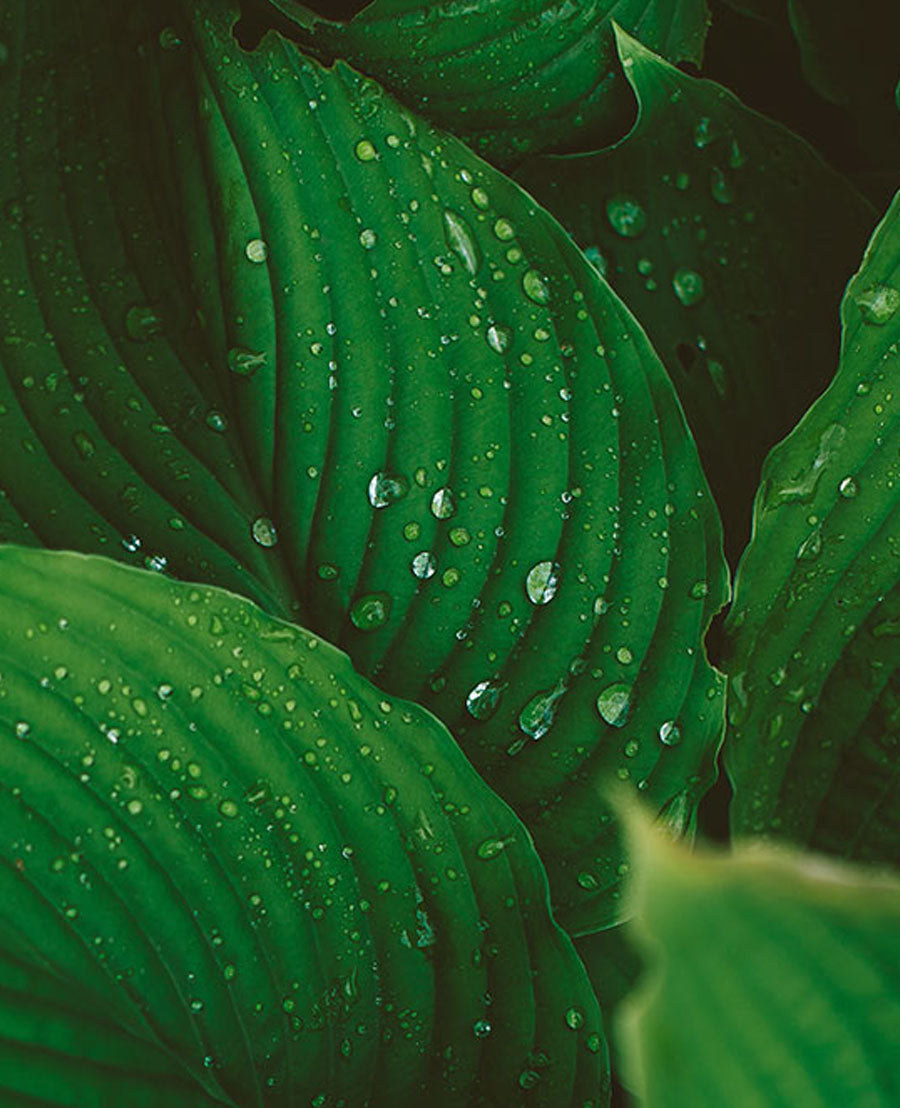
Harvesting, Extraction and Characteristics
Though the patchouli scent emanates with a robust woody fragrance, the source of its oil is a leafy-green herb belonging to the mint family. The quality of patchouli oil is subject to significant variation based on when the leaves are harvested and their proximity to the top of the plant. The upper leaves, situated higher on the plant, contain a higher concentration of fragrant oils that can be extracted through distillation.
The traditional drying process for patchouli leaves is a meticulous one, demanding time and careful attention. The top 3 to 5 tufts of leaves, selected with precision, are arranged side by side on bamboo sheets and exposed to the sun for drying.
Throughout this drying phase, the leaves are diligently turned and shifted to prevent them from touching, avoiding mould, fermentation, or overly rapid drying. Once this intricate drying process concludes, the essential oil is extracted from the patchouli leaves.
Young patchouli oil is amber and opaque, releasing a lighter, fruitier fragrance. However, akin to the ageing process of wine, patchouli oil matures over time, enhancing its qualities. As the oil evolves, it deepens in colour, transforming into a rich amber hue, and releases a more complex bouquet of woody, exotic, and utterly captivating notes. This refined essence is meticulously blended into each of our Clive Christian patchouli-enriched perfumes, capturing the essence of this herb's nuanced journey from leaf to fragrance.
In Perfumery
Patchouli, with its distinct and captivating fragrance, has been a staple in the world of perfumery for centuries. Its earthy, woody, and slightly sweet aroma makes it a versatile ingredient, contributing to a wide range of perfumes across different fragrance families.
Patchouli is classified as a base note, which means it provides depth, longevity, and a solid foundation to a fragrance. Its rich and complex scent profile allows it to seamlessly blend with various other notes, creating a harmonious olfactory experience.
Patchouli is often paired with floral notes to add depth and sophistication. The combination of patchouli with rose, lavender, or jasmine creates a balance between the earthy and floral elements, resulting in a fragrance that is both sensual and elegant. In oriental perfumes, patchouli is frequently combined with spices like cinnamon, cloves, or cardamom, intensifying the warm and exotic character of the fragrance.
In modern perfumery, patchouli is not limited to traditional pairings. It is often blended with citrus notes, such as bergamot or orange, to create a fresh and invigorating scent. The contrast between the bright citrus and the deep, grounding patchouli adds complexity and interest to the overall composition.
There are different types of patchouli oil available in the market, each with its unique characteristics. The light or "clear" patchouli is obtained through a refined distillation process, resulting in a smoother and less intense aroma. On the other hand, the dark or "aged" patchouli is distilled for a more extended period, producing a deeper and more robust fragrance with pronounced earthy and woody notes.
Patchouli's versatility extends beyond its ability to complement various fragrance notes; it also acts as a fixative, helping to anchor and stabilise the other components of a perfume. This quality makes it a valuable ingredient for perfumers, contributing to the overall structure and longevity of a fragrance.
Conclusion
Clive Christian's collection of patchouli-infused perfumes offers a captivating olfactory journey, capturing the essence of this versatile and timeless ingredient. For those seeking a fresh and familiar scent, 1872 Feminine Edition from Clive Christian's Original Collection is a perfect choice. Floral heart-notes and citrusy top-notes elegantly blend with a patchouli base note, creating a textured yet light fragrance.
Also from the Original Collection, X Feminine captures the allure of nature’s aphrodisiacs in a perfume that pays homage to the legendary love of Marc Anthony and Cleopatra. Mystique weaves through this floral chypre, with fruit and citrus top notes, elegant floral heart notes and a base of patchouli providing earthy undertones alongside sandalwood, vetiver, vanilla, musk and rum.
I Woody Floral showcases the unique interplay of patchouli with citrusy and spicier notes. Top notes of mandarin are combined with touches of red fruits and sparkling spices, bringing to life a woody floral perfume with a playful jasmine and muguet heart and a base of patchouli with a subtle hint of oud.
In the realm of Clive Christian perfumes, patchouli becomes a versatile muse, transforming fragrances into nuanced olfactory masterpieces. Whether you seek a light and floral transition or a deep and comforting embrace, the patchouli-infused perfumes from Clive Christian offer a diverse range of options, each crafted with meticulous attention to detail and a commitment to capturing the essence of this timeless ingredient.




